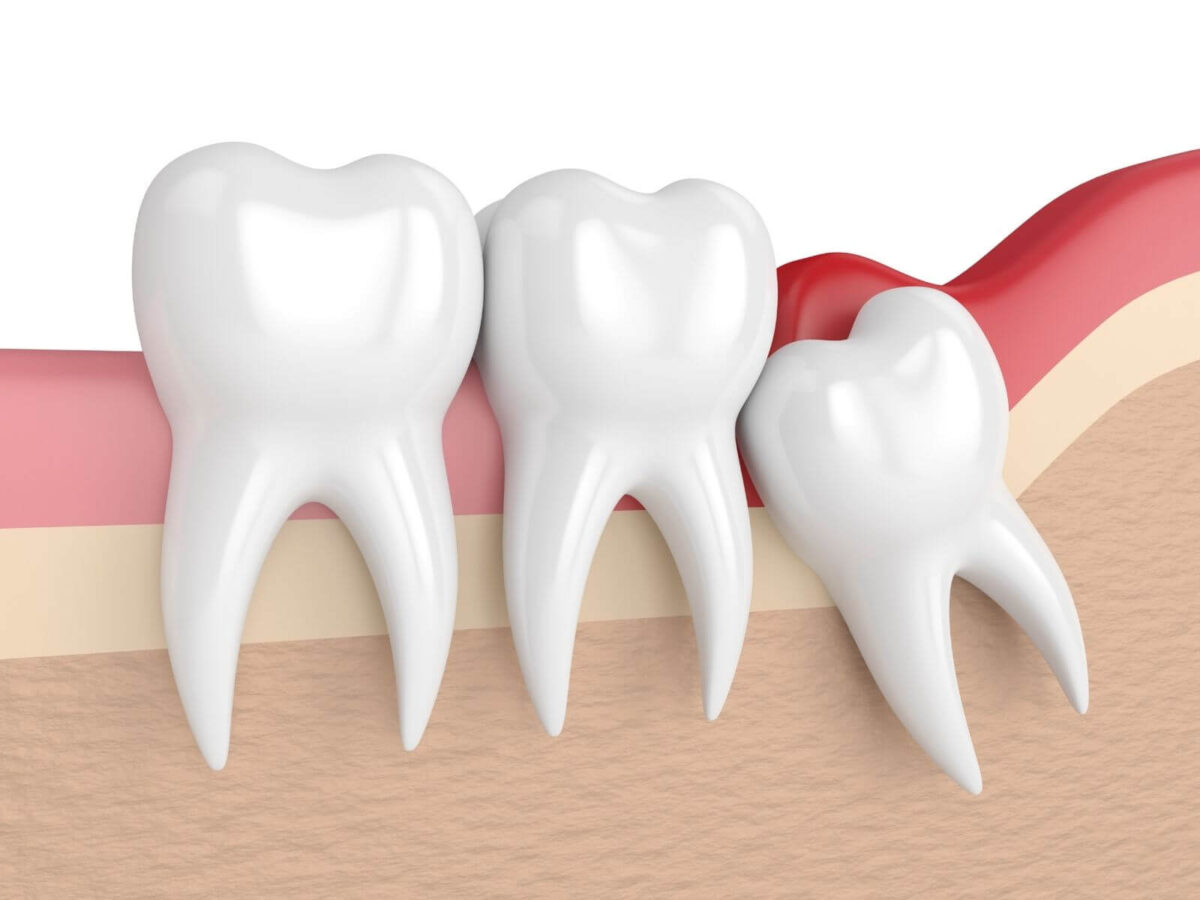Blog
Dental hygiene tips for healthy teeth & gums

Find Out The Common Signs Of Infection After A Tooth Extraction
Severely damaged tooth needs extraction to prevent infection. Also, wisdom teeth sometimes come out at an angle that might trouble neighboring teeth. This causes pain and extreme discomfort if not removed immediately. Following steps after tooth extraction is also essential to secure the surgical area. Or they might cause infection and affect oral health.
This article helps one identify signs of infection after tooth extraction. You must understand how to avoid infection and follow post-op instructions properly. If you want to avoid complications, you can also seek guidance from experts at Splendora Dental. Let’s learn more about tooth extraction.
What is the Tooth Extraction Procedure?
The decaying tooth needs to be extracted to prevent the infection from spreading. By removing the tooth, you can avoid sharp pain and extreme discomfort and stop the severe spread of bacteria. Most tooth decay or cavities spread if they are ignored. Tooth extraction is a surgical procedure that requires few dental visits, including post-op care.
Sign Of Infection
Tooth infection is quite painful and requires immediate attention by professionals. You need to keep a close eye on the surgical site and follow essential precautions to avoid spreading infections. Here are some common infection signs that can help you identify it quickly:
Swelling
Swelling is a standard side effect after surgery. However, excessive swelling can also indicate infection. If swelling is increasing with time, you need to consult dentists immediately.
Pus
Pus from the extracted site can be a sign of infection. A yellow or white color pus present at the surgical site can be a symptom of infection. You need to observe the surgery site every few hours to see if pus is present or not.
Pain
Pain is the most easily identifiable symptom of infection after tooth extraction. But with time, it decreases. If your pain is extreme and causing discomfort to the patient. You need to take your pain seriously to ensure you do not have an infection.
Bad Breath
Bad breath is bad for your appearance and can help you diagnose infections quickly. If, after multiple rinsing, your mouth does not smell foul, it will indicate infection. You can consult your dentist about bad breath and identify infection.
Strange Taste
It is expected to have a strong taste in the mouth after surgery. It can be due to medications, bleeding, and many other factors that can lead to different tastes. But if the strong taste does not go away, it can be a sign of infection. The bitter and acidic taste can be a serious sign of complication around the surgical site.
Fever
Fever is a side-effect of infection after extraction of the tooth. This indicator can help you identify the presence of infection and requires immediate medical attention. You also need to observe other signs of disease.
Discomfort
Discomfort after tooth removal is common. But if the pain and discomfort persist, it can be an indicator of infection.
You need to follow the instructions promptly after surgery. You also need to explore more signs that can indicate signs of infection. This can help you find out if a disease or any other complication is there.
How to Treat Infection?
Infection is common but can be easily treated with some initial first-aid. You can also learn some tips to remove infection properly. Here are some ways to treat infection:
Antibiotics
Antibiotics are helpful ways to reduce discomfort during infection. Your dentist might prescribe a few antibiotics after surgery to fight germs and prevent infection.
Topical Dressing
Pain-relieving medications are essential after surgery to provide comfort and reduce pain. Infected socket can be painful and might cause extreme discomfort even after surgery. This pain decreases with time, but dressing can help reduce it.
Cold Pack
Ice packs are applied on the surgical site just after the procedure to stop bleeding and manage pain. Cold packs are used for 15 minutes after surgery to prevent the spread of infection as well.
Drawing of Pus
Pus buildup is a sign of infection. The dentist will reduce this pus build-up by draining your surgical site. They will sanitize the infected area and use antibiotics to stop infection spread. One can prevent the infection from spreading to neighboring teeth and protect oral health.
Root Canal Therapy
Root canal treatment will be required in severe cases of infection for any reason. Infection to the tooth pulp requires RCT and might take a few dental visits for a complete procedure.
Use A Warm Salt Water
Saline water can be helpful to minimize infection, and rinsing your mouth using this can help you manage discomfort level. You also need precautions related to your diet. This can also help you calm down the infected area and prevent it from further spreading.
Conclusion
Tooth extraction surgery is a painful procedure, with a good success rate. However, if one ignores the signs of potential infection, the surgery can result in severe complications. They will affect the extracted tooth and damage the neighboring teeth.
Take proper precautionary measures to maintain good oral hygiene and improve overall oral health. You can contact experts at Splendora Dental to properly understand the compilations related to tooth extraction surgery.
You can avoid severe complications after surgery with proper precautions and a closer look at infection signs. You need to remember that a few of these signs of infection are common for one or two days after infection, but if your condition worsens, you need to contact a dentist immediately.


